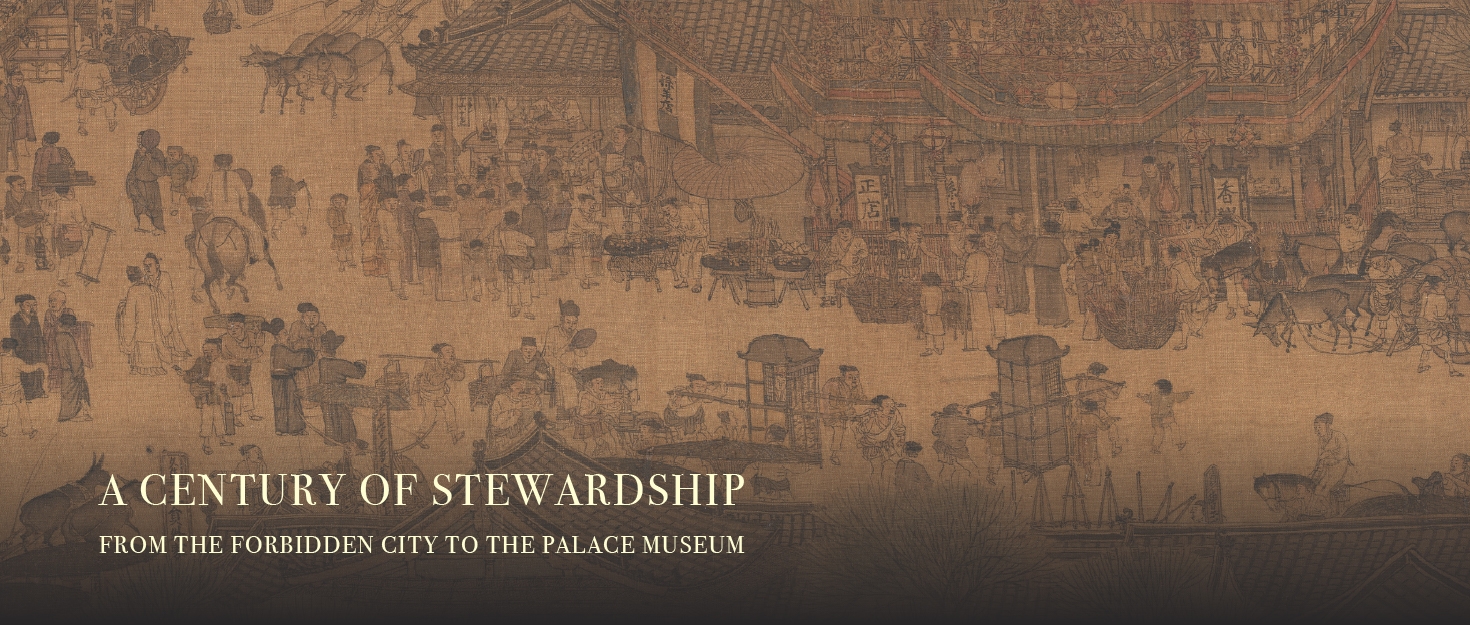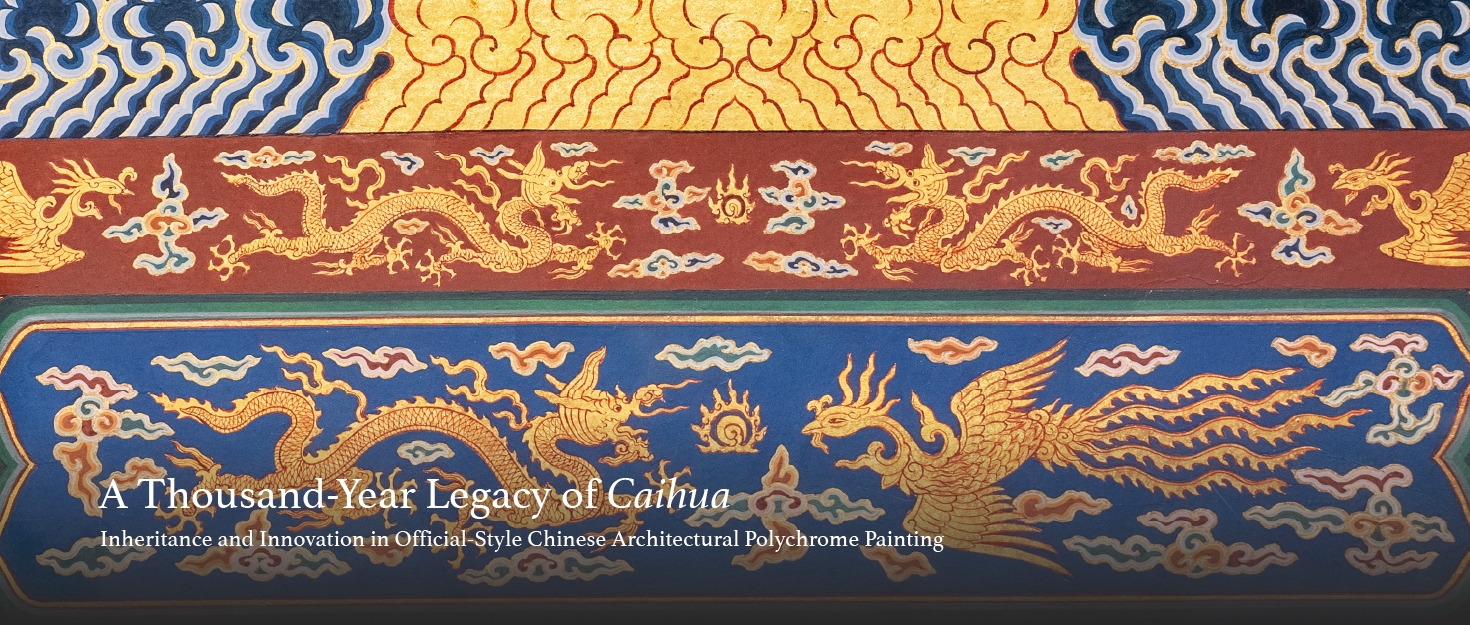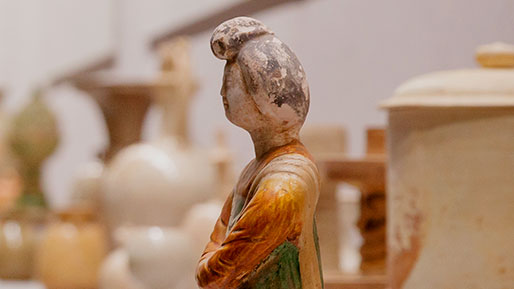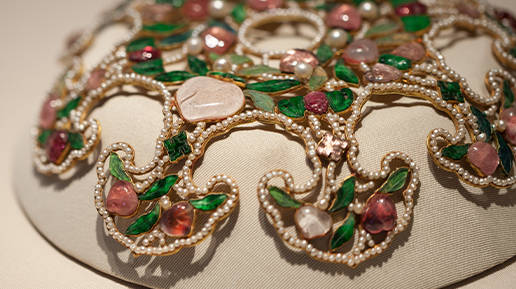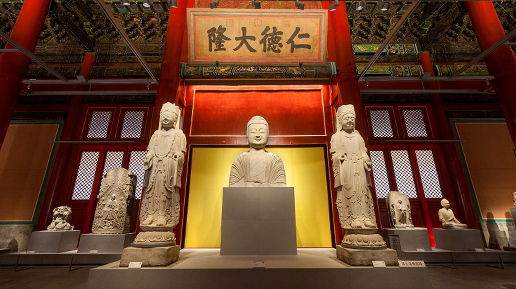Huang Yi (1744-1802) was a native of Qiantang (today\'s Hangzhou), Zhejiang province. In the imperial bureaucracy, he served as the Vice Prefect of Yanzhou in charge of the Grand Canal in Shandong province. In his spare time, he took pleasure in epigraphy, calligraphy, painting, and poetry. Huang Yi was highly esteemed for his achievements in studying stone inscriptions datable to the Han dynasty (206 BCE–220 CE) and Wei (220-265) of the Three Kingdoms (220-265), which gained him fame under the name "eminent scholar of the Qianlong and Jiaqing reigns (1736-1820)" (Qianjia mingshi). Huang Yi regarded "visiting steles in person" as vitally important; his approach included site-examination, rubbing, painting, recording, authenticating, and cataloguing, which is similar to how field archaeology is conducted today. As an epigraphist, his works include Epigraphy of the Little Penglai Belvedere (Xiao Penglai ge jinshi wenzi), Epigraphy Catalogue of the Little Penglai Belvedere (Xiao Penglai ge jinshi mu) (both were named after his studio "Little Penglai Belvedere"), Diary on Visiting Steles near Mount Song and the Luo River (Songluo fangbei riji), Diary on Visiting Historical Sites from Jining to Tai\'an (Daiyan fanggu riji). His extant painting albums have illustrations of his visits to the steles: Journey to Historical Sites (Fanggu jiyou tu), Visiting Steles near Mount Song and the Luo River (Songluo fangbei tu), Visiting Steles on Mount Tai (Dailu fangbei tu), and Twelve Paintings on Acquiring Steles and Rubbings (Debei shi’er tu).


